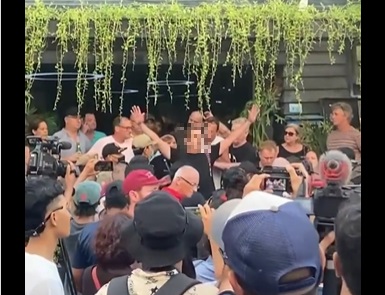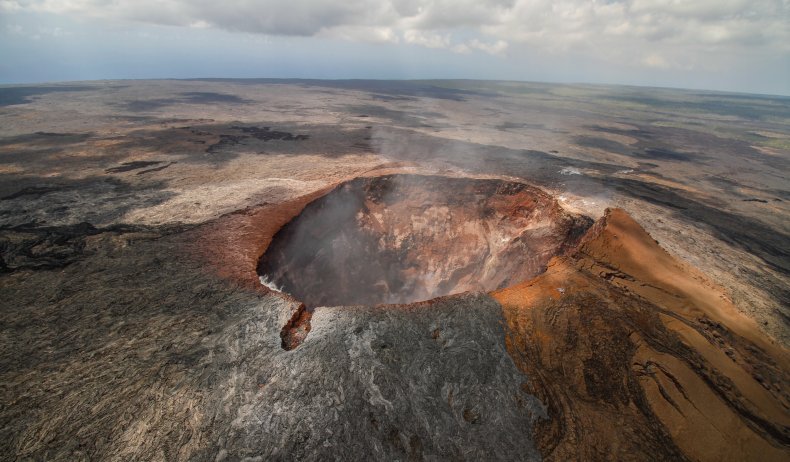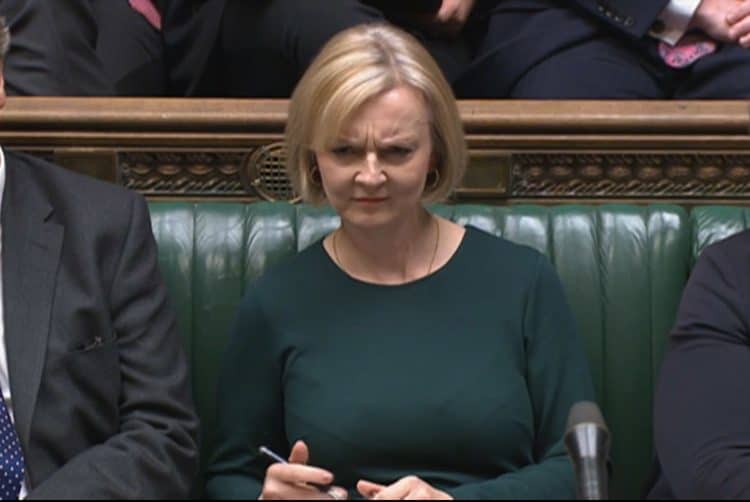Lula campaigns in Rio slums; Bolsonaro courts Brazil’s Catholics

Rio de Janeiro, Oct 12 (EFE). Brazilian President Jair Bolsonaro and challenger Luiz Inacio Lula da Silva took advantage of Wednesday’s national holiday to stump for votes ahead of the Oct. 30 presidential runoff.
The right-wing incumbent went to the Basilica of Our Lady of Aparecida in Sao Paulo state, where thousands of the Catholic faithful gathered to honor Brazil’s patron saint on her feast day.
While former two-term president Lula, the candidate of the center-left Workers Party (PT), campaigned in Complexo do Alemao, the largest of Rio de Janeiro’s “favelas,” or shantytowns.
Lula bested Bolsonaro by a margin of 48 percent to 43 percent in the first round of voting on Oct. 2, but fell short of the 50 percent-plus-one needed to avoid a runoff.
Millions of Brazilians climbed out of poverty during Lula’s 2003-2011 tenure as president and the giant South American nation managed to get off the United Nations Hunger Map – only to return to it this year.
“The people will go back to eating three times a day, will go back to having formal employment,” the 76-year-old who got his start in politics as a leader of the steelworkers union told the throng who joined him Wednesday on a walking tour of Complexo do Alemao.
Lula vowed to show “the elite who govern the country that once again, a steelworker will straighten out” Brazil.
The president, meanwhile, was greeted at the Aparecida Shrine with a mixture of applause and jeering, as many pilgrims viewed his visit as cynical opportunism.
Bolsonaro arrived at the basilica after taking part in the inauguration of an Evangelical church in Minas Gerais state.
The incumbent, who often proclaims, “Brazil above all, God above everybody,” enjoys support from 63 percent of the roughly 30 percent of the population who identify as Evangelical, while 60 percent of professed Catholics prefer Lula.
Brazil’s Catholic Bishops Conference issued a statement this week denouncing the “intensification of the exploitation of faith as a path to win votes in the second round.”
Yet a member of the conference, Aparecida Archbishop Orlando Brandes, marked the saint’s day with a thinly veiled endorsement of Lula.
Bread, peace and brotherhood are “what Brazil needs today,” Brandes said, invoking one of Lula’s slogans without mentioning the candidate by name.
And Lula’s campaign took the opportunity of publishing a letter from the candidate promising that all religions will be respected if he returns to the presidency.
“Religion is a sacred and fundamental right and it must be respected by all of us,” he wrote.
“As the Catholic that I am, on this day that is so special for Brazil, I want to ask, through the mediation of Our Lady of Aparecida, that God bless us to be able to construct a democratic, just, independent and sovereign nation,” Lula said. EFE mat/dr


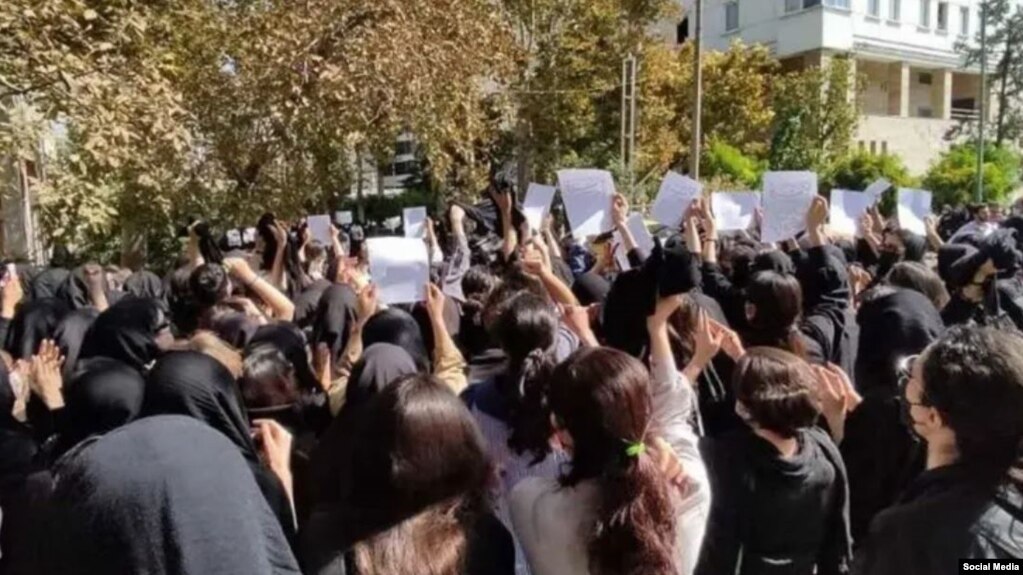
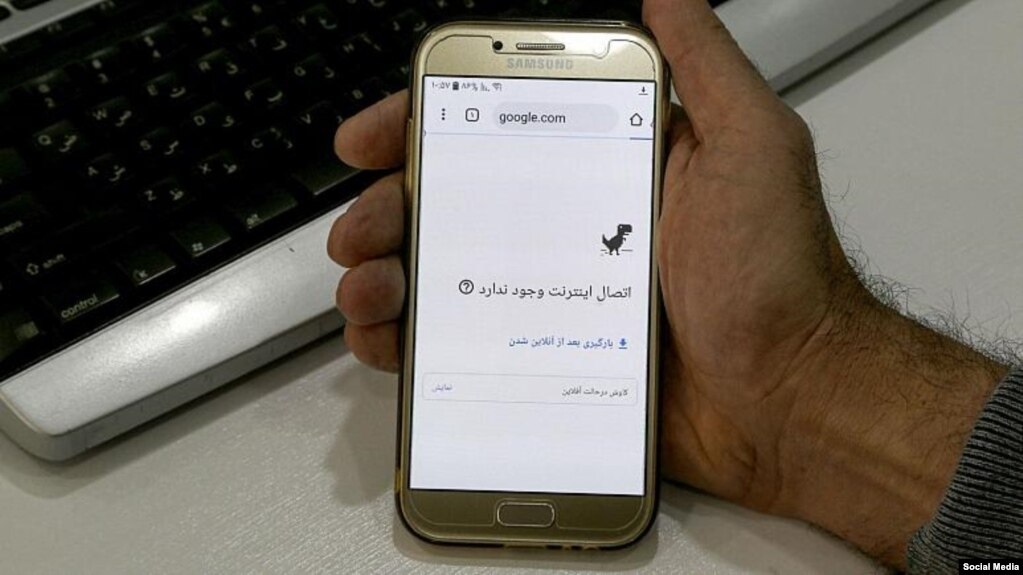

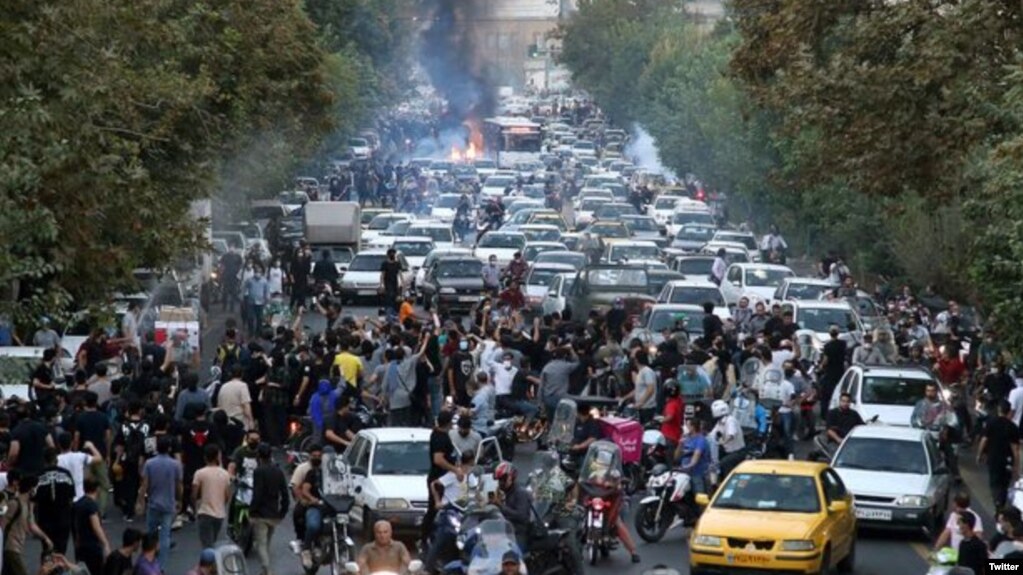
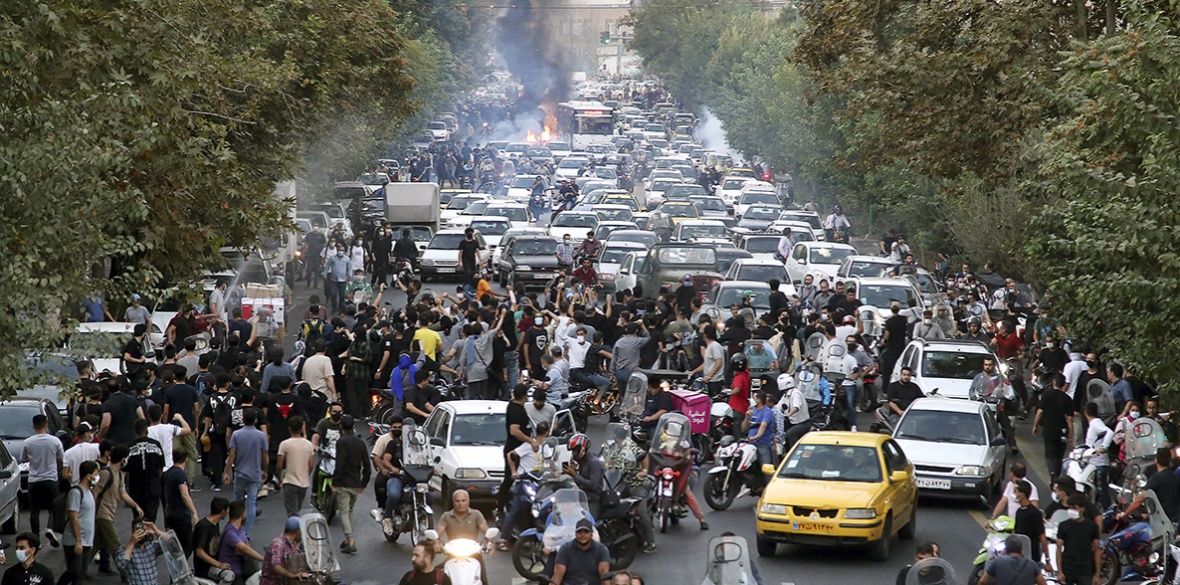


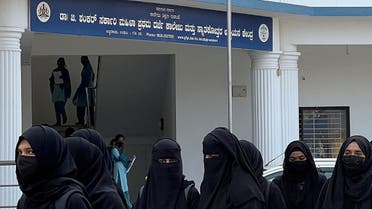
.jpg)
